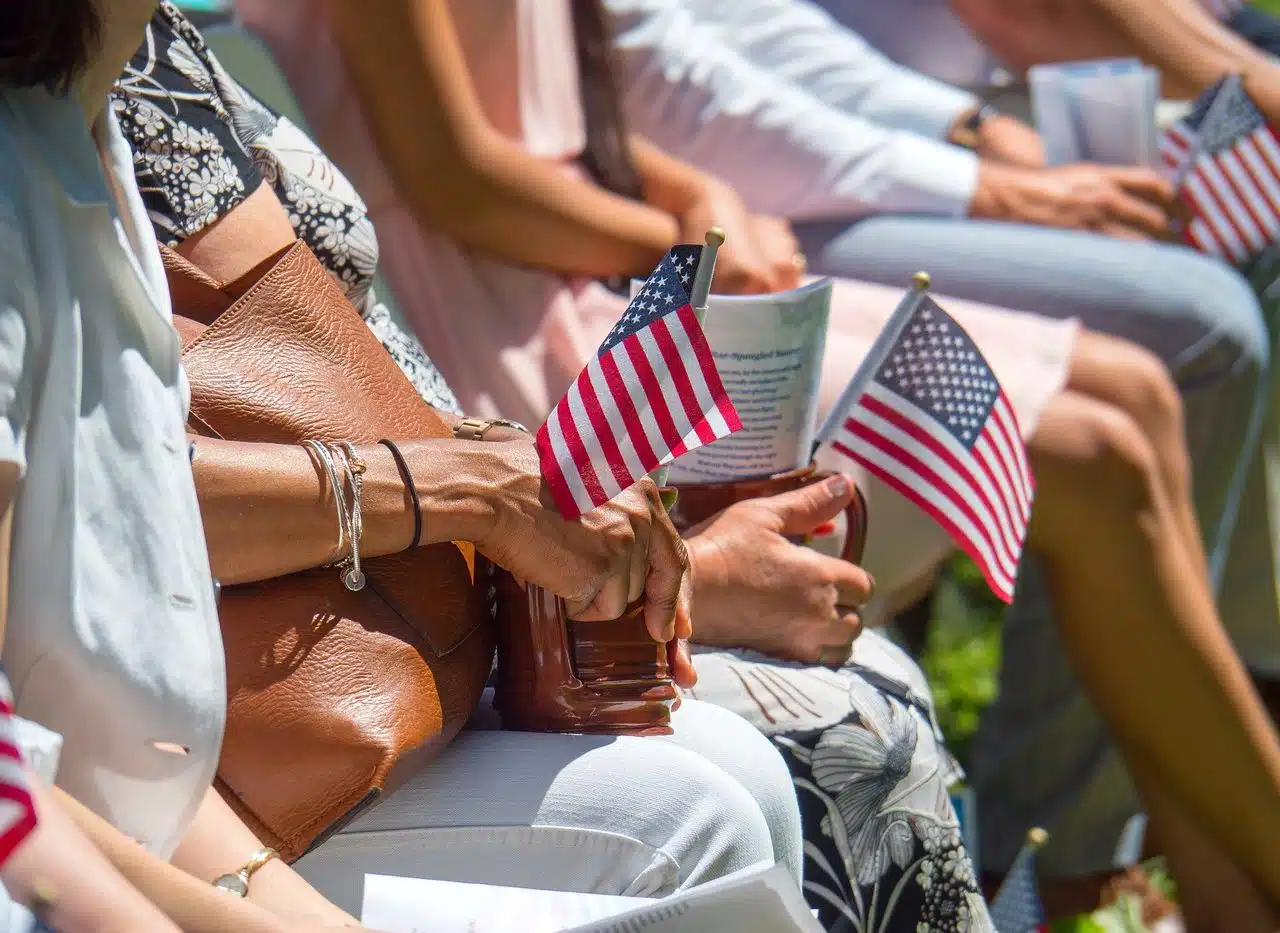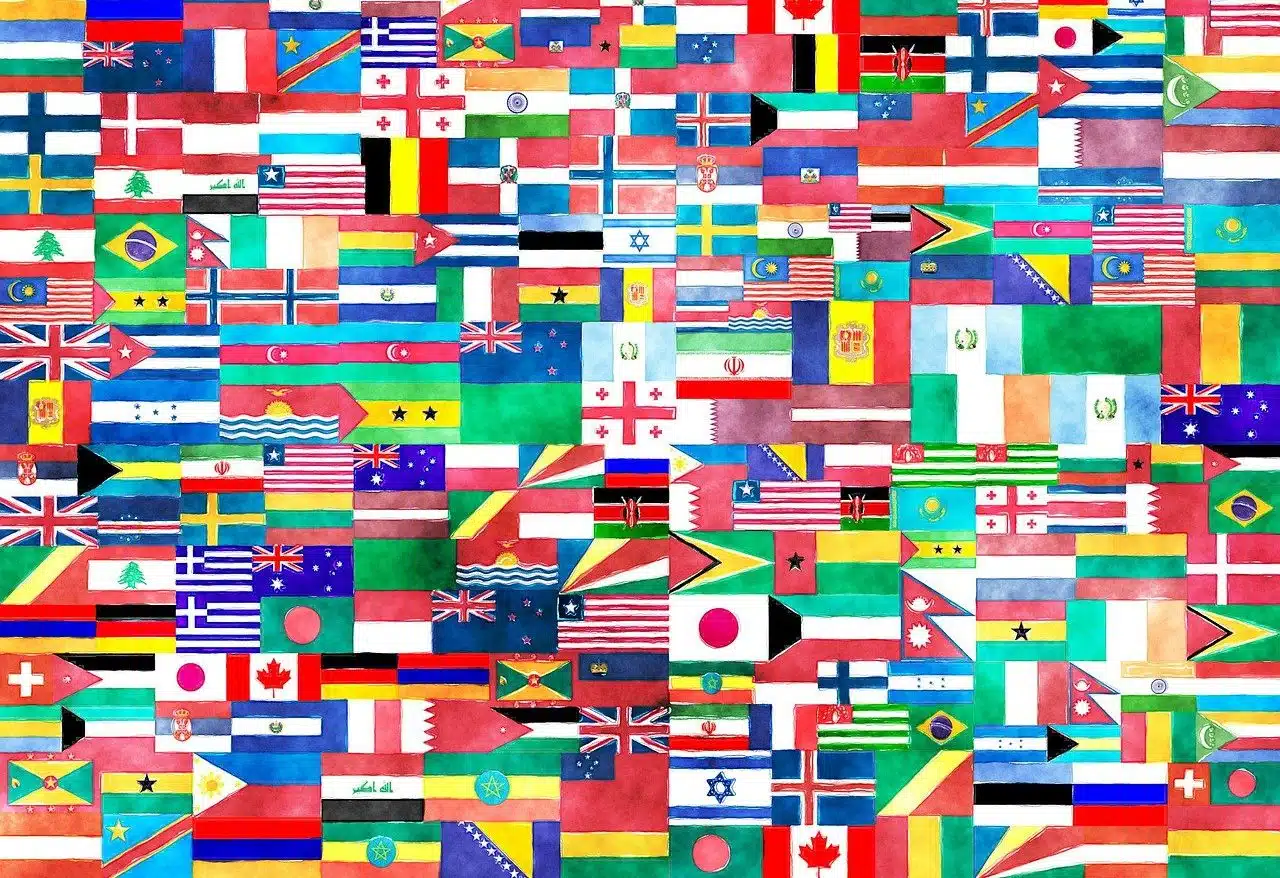
A patriotic symbol is an element that represents a nation or a State.
A patriotic symbol is an element that allows the representation of a country , a nation or a State . It is common for these symbols to summarize historical values of the land in question through an image, sometimes accompanied by a phrase.
It should be noted that symbol is a term that comes from the Latin word simbŏlum and is used to refer to that which allows an idea perceived through the senses to be represented. Symbols do not have a similarity or a link of contiguity with respect to their meaning: they function by convention.
Homeland , for its part, is something linked to the homeland (the territory linked to a human community through emotional, cultural, historical and legal issues).
The best-known national symbols
The best-known national symbol is the national flag . Each country has its own flag , which it uses to indicate its dominance in a certain territory and to identify the people who represent it in an international competition, to name two possibilities. Olympic athletes, for example, parade at the beginning of the event with the flag of the country they represent.
Another popular national symbol is the national anthem . In this case, it is not a graphic representation , but rather a musical composition that, through its lyrics, exalts the values and history of the nation .
There are, on the other hand, national symbols that are less known outside the limits of a country, since they have a lower degree of exposure in international events, such as the national coat of arms , animal or flower . In fact, many people are unaware of the characteristics of these three representative elements of their own country.

Each country has its own national symbols.
His desecration
Because they represent a country and, by extension, the population, the desecration and violation of national symbols are considered serious offenses and even crimes .
In the midst of difficult political and social situations, it is common to burn a flag as a symbol of discontent with certain decisions, or of rejection by a nation, whether it is one's own or a different one, the latter being the most frequent case.
Detachment from national symbols
As mentioned above, not everyone knows the symbols of their own nation in depth. This may be a reflection of the growing disconnection with the roots and the lack of commitment, a phenomenon that is seen above all in the use of language and in art .
Many teachers in different parts of the world complain more and more about the lack of interest that their students show in the study of the language: from Japan to Argentina , passing through France and the United States , children and adolescents seem to respect the language less and less. mother tongue . This does not happen just because, as an isolated event, but is closely linked to the way in which the elderly present values to the young, and national symbols should be in this group.
Although the lack of attachment to national symbols and customs does not occur at the same level in all countries, it is a fairly widespread issue. Of course, this should not necessarily be taken as something negative; Some believe that it is necessary to break down the barriers that separate us into countries, and national symbols are perhaps the first of them.
The human being is in a very contradictory stage of its evolution, in which technological and scientific advances are more sophisticated than its social development. We are capable of inventing flexible mobile phones, but we have not yet resolved the distribution of land. Are national symbols necessary? Do they bring us something positive in our relationship with the rest of the world? Could we live orderly without them? All questions that still seem to have too low a priority.
